 Recently, we posted about the times when New York harbor froze solid. While that is a very unusual occurrence in New York City, a bit farther up the Hudson River, the river freezing over is a yearly event. In the summertime, before the river was spanned by bridges, numerous ferries plied the waters allowing people and wheeled vehicles to cross the river. In the wintertime, things were more challenging when the ice kept the ferries tied to the docks.
Recently, we posted about the times when New York harbor froze solid. While that is a very unusual occurrence in New York City, a bit farther up the Hudson River, the river freezing over is a yearly event. In the summertime, before the river was spanned by bridges, numerous ferries plied the waters allowing people and wheeled vehicles to cross the river. In the wintertime, things were more challenging when the ice kept the ferries tied to the docks.
As long as the ice on the frozen river was thick and smooth enough people could walk across or even take horse-drawn sleighs. Things got a bit tricky when the ice was melting or just freezing, or when currents would break the ice into huge moving sheets and islands.
Here is a story told by Richard Heppner in Hudson Valley One of Lloyd Plass and his ill-fated cross-Hudson Rickenbacker taxi service:

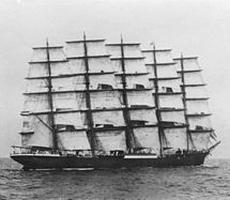
 On Tuesday, a
On Tuesday, a 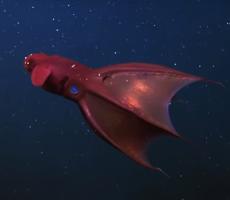 “Vampire Squid from Hell” sounds like a low budget horror movie from the 1950s. It isn’t. It is a small cephalopod which lives in the deep oceans.
“Vampire Squid from Hell” sounds like a low budget horror movie from the 1950s. It isn’t. It is a small cephalopod which lives in the deep oceans.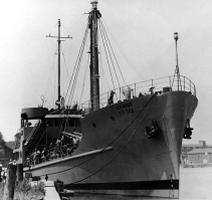 Fifty years ago today, on January 23, 1968,
Fifty years ago today, on January 23, 1968, 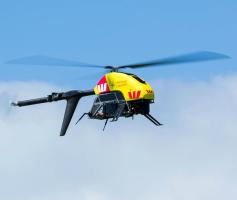 Amazon is currently testing using drones to deliver packages. Recently in Australia, lifeguards used a drone to deliver something far more vital than a package from an online retailer. They successfully used a
Amazon is currently testing using drones to deliver packages. Recently in Australia, lifeguards used a drone to deliver something far more vital than a package from an online retailer. They successfully used a 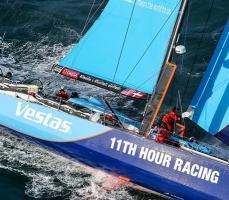 Around 30 NM from Hong Kong, the Volvo Ocean racer
Around 30 NM from Hong Kong, the Volvo Ocean racer 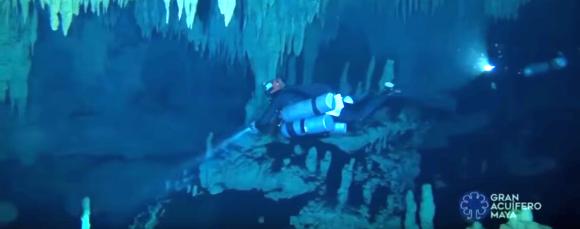 Several years ago, my wife and I went snorkeling in the
Several years ago, my wife and I went snorkeling in the 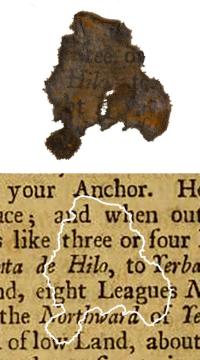 A lump of paper wadding found in a cannon from the pirate
A lump of paper wadding found in a cannon from the pirate 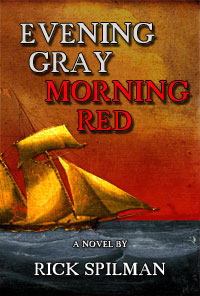
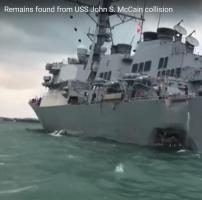 The Navy has announced that five officers involved in two deadly ship collisions are facing a variety of criminal charges including negligent homicide. The officers facing charges include Cmdr. Bryce Benson, former captain of the
The Navy has announced that five officers involved in two deadly ship collisions are facing a variety of criminal charges including negligent homicide. The officers facing charges include Cmdr. Bryce Benson, former captain of the 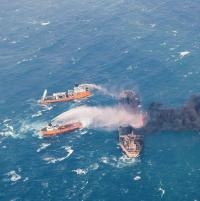
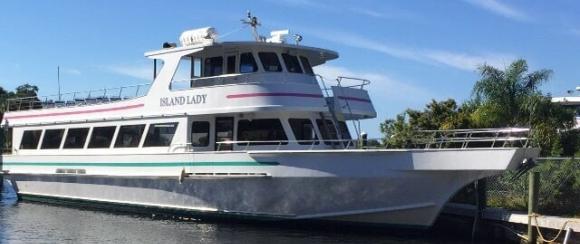 A fire broke out on the casino shuttle boat, Island Lady, around 4PM on Sunday, in the Gulf near Port Richey, Fl. The 34 passengers and 14 crew aboard were forced into the 59-degree water. At least one passenger, a 42-year-old woman, died. 15 passengers were transported to a local hospital with for chest pains, smoke inhalation and other injuries initially reported as not life-threatening. The Island Lady was shuttling passengers to the
A fire broke out on the casino shuttle boat, Island Lady, around 4PM on Sunday, in the Gulf near Port Richey, Fl. The 34 passengers and 14 crew aboard were forced into the 59-degree water. At least one passenger, a 42-year-old woman, died. 15 passengers were transported to a local hospital with for chest pains, smoke inhalation and other injuries initially reported as not life-threatening. The Island Lady was shuttling passengers to the  The
The 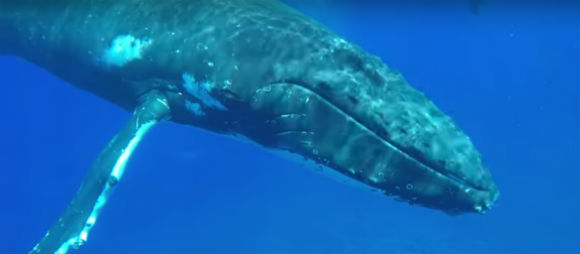 Recently, biologist Nan Hauser was snorkeling in the Cook Islands in the South Pacific, when
Recently, biologist Nan Hauser was snorkeling in the Cook Islands in the South Pacific, when 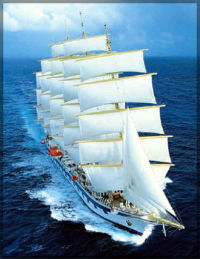 Here is a look at a modern sailing ship, Star Clipper’s
Here is a look at a modern sailing ship, Star Clipper’s 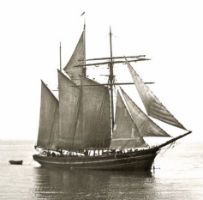 A
A  A day before Christmas,
A day before Christmas,